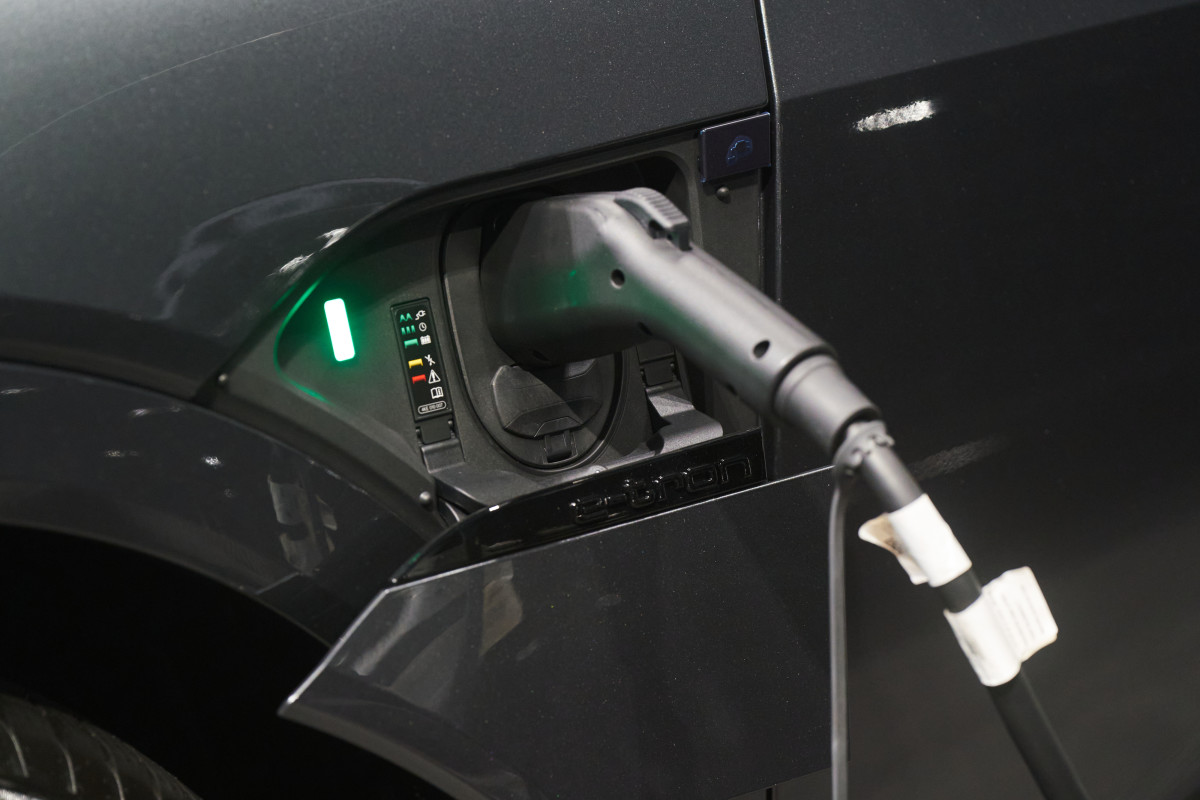EV adoption is showing huge environmental benefits in one U.S. city, study says
This metro area has highest EV adoption rate in the country, and it shows in the air.

EVs are unfortunately still a hard sell for many Americans. Dealers have a hard time selling them, and they say that customers don't want them at all.
However, a recent study found that in one major U.S city, mass EV adoption has greatly benefitted the local environment; particularly the air that people take in and breathe out every single day.
Related: China is flooding the market with cars that are just stacking up at ports
According to research recently published in the journal Environmental Science & Technology, researchers at the University of California, Berkeley, found that over the course of four years from 2018 to 2022, the level of CO2 emissions have dropped by 1.8% annually in the San Francisco Bay Area.
The numbers produced came from a network of air pollution sensors positioned in various different corners around the San Francisco Bay Area called the the Berkeley Environmental Air Quality & CO2 Network (BEACO2N).
Established in 2012 by UC Berkeley chemistry professor Ronald Cohen, the sensors themselves monitor both CO2 and other particles within air pollution, such as nitrogen oxides, ozone, carbon monoxide and other particulate matter.
By breaking down to the specific kinds of particles, researchers like Cohen can get a greater understanding of what specific pollutants are in the air, but also what is putting said pollutants in the air.
“Different sources of combustion have different ratios of air pollutants to CO2,” Cohen told Fast Company. He said that while cars don't emit any nitrogen oxides, heavy duty trucks do. Conversely, cars emit lots of CO2, while heavy duty trucks don’t.
The network of sensors amounts to about 50 in and around the Bay Area, with researches being able to tap into emissions in one of three categories: 'steady emissions' from industries like the local oil refineries, 'seasonal' emissions from factors like home heating and traffic-based emissions from cars and trucks.
Over time, they were able to link their data of lowered emissions in the 'traffic' category to the progress made on the adoption of EVs, hybrid-electric vehicles and more fuel-efficient cars. MediaNews Group/Orange County Register via Getty Images/Getty Images
“It’s a consistent story to say the drop we’re seeing is associated with both the increase in EVs and more fuel-efficient cars,” Cohen said.
The Bay Area has the highest EV adoption rate in the country: in 2023, electric cars, pickup trucks, and SUVs made up nearly 40% of new auto registrations in San Jose and 34% in San Francisco. Cohen says that the data from the sensors backs up the push for drivers to adopt more 'cleaner' cars.
“This is a direct measure from the atmosphere that we’ve made a change,” Cohen says.
More Business of EVs:
- A full list of EVs and hybrids that qualify for federal tax credits
- Here’s why EV experts are flaming Joe Biden’s car policy
- The EV industry is facing an unusual new problem
Though traffic emissions are dropping, it only accounts for one-third of the Bay Area's emissions. More drastic measures need to take place if the state of California were to reach its lofty goal of net-zero emissions by 2045.
To actually achieve that in a smooth way, Cohen says emissions would need to drop at a rate of 3.7% per year, which would mean home and industry emissions would have to drop as well. Though it seems impossible, he is still confident.
“Nobody thought we would get [to net-zero] smoothly. They thought we would start slow and it would have to accelerate,” Cohen says. “So I take heart that at the beginning of that, we’re at half of what we need, on average.”
Related: Veteran fund manager picks favorite stocks for 2024
What's Your Reaction?


























































